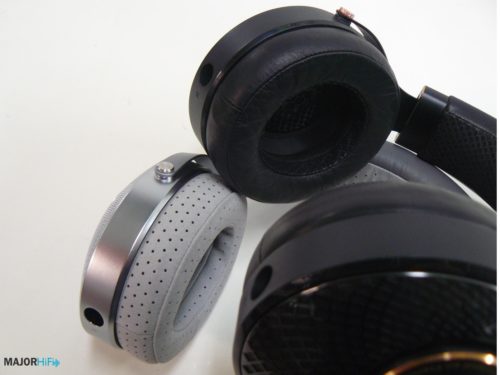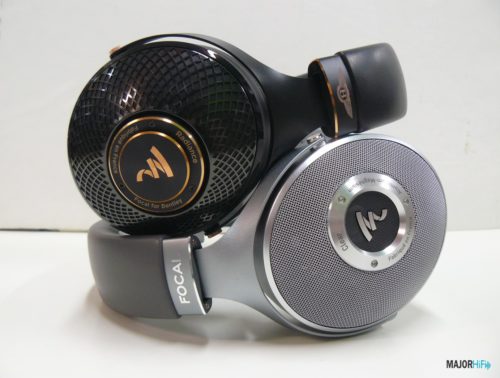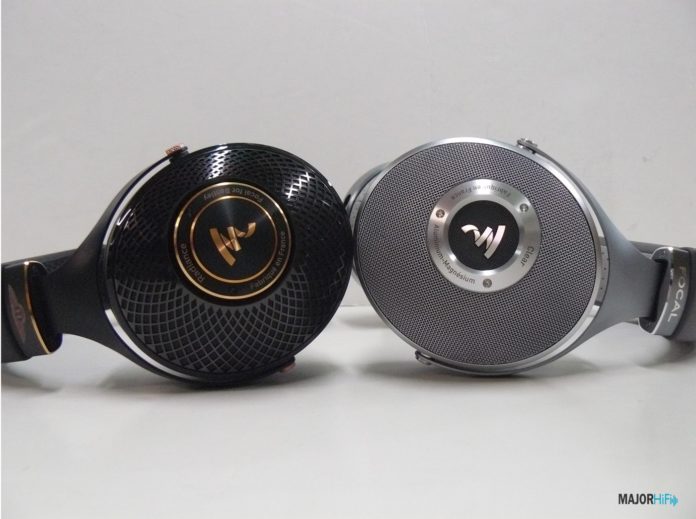The Focal Radiance has made quite the impression over here at MajorHiFi. We’ve compared it to its closest counterpart, the Elegia, and paired it with the iFi IDSD Neo to see how much potential this headphone has, as well as grow our understanding of where it stands in Focals library. The Clear is one of their most established open-back headphones, and it happens to float around the same price range as the Radiance, so I thought it would be a good idea to compare the two to see which audiophile headphone reigns supreme. Obviously, I’m comparing an open-back to a closed-back, so if you prefer one over the other then you’ve already reached your verdict. However, I want to get into how the sound signatures differ from each other, as different principles still show different timbres, and you might second guess your pick. So let’s dive into the Radiance and the Clear, and which one is more worth your money.
What You Get
Every Focal headphone is presented with class and that’s reflected in the packaging with both models. However, in terms of their contents, the Radiance is more lacking in supply compared to the Clear. With the Clear, you’ll receive three different cables, which include 4ft 3.5mm, 10ft 6.35mm, and 10ft 4 point XLR connectors. The Radiance only offers a single 4ft 3.5mm cable with a 6.3mm adapter, which might be all you need, but I appreciate the variety of options that come with the Clear. Plus, a single 4ft cable can be too short for some, and when that’s the only option supplied it can be a small inconvenience.

Look and Feel
Aside from the style of principle, most of Focal’s library features the same basic architecture. However, it’s almost unfair to compare a headphone made up of one solid color, to another headphone that takes its entire aesthetic design from one of the fanciest looking sports cars around. Compared to a lot of other open-backs, the Clear will always stand out as having one of the most solid builds, but when put up against the Radiance it’s night and day. The various Bentley motifs plastered on the Radiance gives the headphone a luxurious appearance that just isn’t comparable to most other headphones. The luxury look is also supported by a luxury fit as well. The Radiance features Pittard’s leather ear cushions that fit over your ears like a glove and the headband rests comfortably on your head with minimal pressure.
However, the Clear also features similar qualities without the special leather padding. IT shouldn’t be glossed over how basically all of Focal’s headphones have incredibly comfy, circumaural fits. Both the Radiance and the Clear are lightweight, durable and among some of the comfiest headphones, you can buy.

Design
The Radiance and Clear, along with most other Focal headphones, feature an M-shaped dome for their drivers. Focal has chosen this principle for their headphones drivers to ensure the best fidelity with good dampening and limited distortion. Obviously, the most notable difference is the open-back versus the closed-back, which is all up to personal preference. They have their advantages and disadvantages, but both headphones make great examples out of their respective designs.
Output
The Clear is definitely the winner when it comes to access to various headphone outputs, but the Radiance is slightly easier to drive from most sources. With models like these, I always recommend an amplifier/DAC combo to do these headphones justice. However, neither of them require one to get a comfortable, nominal signal. I mainly used the iFi IDSD Signature when testing both models, and I barely had to crank the volume dial at all for my ideal loudness. The Radiance features the lowest resistance of Focal’s lineup, with an impedance of 35 Ohms. The Clear sits at 55 Ohms, but it really didn’t play much of a factor for the Signature. If you don’t prefer an amp, then the Radiance would probably be the most sufficient headphone to use, but the Clear isn’t very far behind.

Soundstage
A lot of the time it’s hard to compare the soundstage of a closed-back to an open-back. Open-backs are designed with spatiality in top priority. It’s the entire idea of why you would choose an open principle over a closed one. However, the Radiance holds its own against the open-back Clear, and while it still comes up short in comparison, there are still some qualities to be enjoyed. The Radiance can still show some width but aims for a more accurate image than the Clear. The Clear pushes a lot of sounds outward, making for a highly immersive, holographic stereo field that brings some of the best spatiality in open-back design. Surprisingly, what the Raindance does have over the Clear is its depth. While the Clear reaches some excellent height, it doesn’t respond as dynamically as the Radiance, which exhibits better placement altogether. At the end of the day though, you just can’t beat the separation and spatiality of the Clear.
Low End
There are some interesting differences in bass response between the Radiance and the Clear. You’ll get a few different timbral styles from both headphones, and one will likely suit your taste more than the other. The Radiance delivers the deeper bass out of the two, bringing a subtler low-end feel that might not make an immediate impression on you, but benefits from the more attention you give it. The Clear offers a more immediate response that packs the punch you may prefer. The low frequencies are also way better separated on the Clear, making for a much cleaner resonance.
Mids
The Clear showcases its midrange with exceptional balance and clarity. Instrumental and vocal elements appear with dynamic flavor, responding definition to different accents and effects within the mix. The Radiance is also crystal clear with its full range of mid-band response, but it does it with a lot more richness. Comparing the two midranges is the most challenging part of making a decision, but you’ll definitely find a lot to like in both of these headphones.
Highs
With the Clear, you’ll get a more detailed treble, while not having to hear some of the textural qualities some may not like in their highs, such as sparkle or sibilance. The Radiance is more reserved here, offering more tonal smoothness, but with a more limited range of fidelity. However, what fidelity there is in the Radiance is satisfyingly clear and sparkly.
Summary
It’s always harder to choose one over the other when it comes to Focal. The Radiance and Clear both offer a distinct sound signature that possesses a sound for everyone. If I had to choose one, I don’t think I would dish out the extra cash for the Radiance based on what qualities it has over the Clear. However, if you like a deeper bass and more accurate soundstage, then the Radiance might be worth that jump.
Specs
| Focal Clear | Focal Radiance | |
| Driver | 40mm Open-back | 40mm Closed-back |
| Impedance | 55 Ohms | 35 Ohms |
| Sensitivity | 104dBSPL 1mW@1kHz | 101dBSPL 1mW@1kHz |
| Frequency Response | 5Hz-28kHz | 5Hz-23kHz |
The Focal Clear and Focal Radiance are available at Audio 46.
MAJORHIFI may get a commission from retail offers.
Compare the ranking of various headphones, earbuds and in-ear monitors using our tools.
Discuss this, and much more, over on our forum.
---MAJORHIFI may receive commissions from retail offers.















